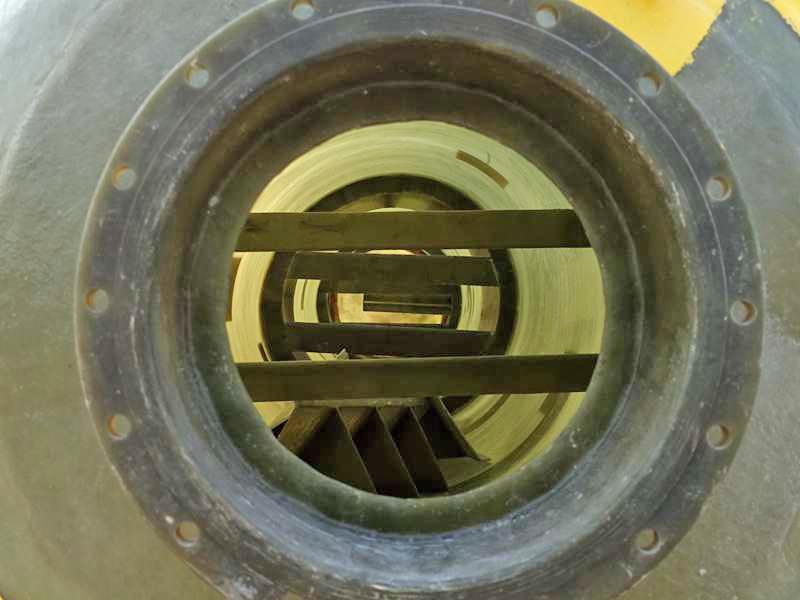
-
 Afrikaans
Afrikaans -
 Albanian
Albanian -
 Amharic
Amharic -
 Arabic
Arabic -
 Armenian
Armenian -
 Azerbaijani
Azerbaijani -
 Basque
Basque -
 Belarusian
Belarusian -
 Bengali
Bengali -
 Bosnian
Bosnian -
 Bulgarian
Bulgarian -
 Catalan
Catalan -
 Cebuano
Cebuano -
 China
China -
 China (Taiwan)
China (Taiwan) -
 Corsican
Corsican -
 Croatian
Croatian -
 Czech
Czech -
 Danish
Danish -
 Dutch
Dutch -
 English
English -
 Esperanto
Esperanto -
 Estonian
Estonian -
 Finnish
Finnish -
 French
French -
 Frisian
Frisian -
 Galician
Galician -
 Georgian
Georgian -
 German
German -
 Greek
Greek -
 Gujarati
Gujarati -
 Haitian Creole
Haitian Creole -
 hausa
hausa -
 hawaiian
hawaiian -
 Hebrew
Hebrew -
 Hindi
Hindi -
 Miao
Miao -
 Hungarian
Hungarian -
 Icelandic
Icelandic -
 igbo
igbo -
 Indonesian
Indonesian -
 irish
irish -
 Italian
Italian -
 Japanese
Japanese -
 Javanese
Javanese -
 Kannada
Kannada -
 kazakh
kazakh -
 Khmer
Khmer -
 Rwandese
Rwandese -
 Korean
Korean -
 Kurdish
Kurdish -
 Kyrgyz
Kyrgyz -
 Lao
Lao -
 Latin
Latin -
 Latvian
Latvian -
 Lithuanian
Lithuanian -
 Luxembourgish
Luxembourgish -
 Macedonian
Macedonian -
 Malgashi
Malgashi -
 Malay
Malay -
 Malayalam
Malayalam -
 Maltese
Maltese -
 Maori
Maori -
 Marathi
Marathi -
 Mongolian
Mongolian -
 Myanmar
Myanmar -
 Nepali
Nepali -
 Norwegian
Norwegian -
 Norwegian
Norwegian -
 Occitan
Occitan -
 Pashto
Pashto -
 Persian
Persian -
 Polish
Polish -
 Portuguese
Portuguese -
 Punjabi
Punjabi -
 Romanian
Romanian -
 Russian
Russian -
 Samoan
Samoan -
 Scottish Gaelic
Scottish Gaelic -
 Serbian
Serbian -
 Sesotho
Sesotho -
 Shona
Shona -
 Sindhi
Sindhi -
 Sinhala
Sinhala -
 Slovak
Slovak -
 Slovenian
Slovenian -
 Somali
Somali -
 Spanish
Spanish -
 Sundanese
Sundanese -
 Swahili
Swahili -
 Swedish
Swedish -
 Tagalog
Tagalog -
 Tajik
Tajik -
 Tamil
Tamil -
 Tatar
Tatar -
 Telugu
Telugu -
 Thai
Thai -
 Turkish
Turkish -
 Turkmen
Turkmen -
 Ukrainian
Ukrainian -
 Urdu
Urdu -
 Uighur
Uighur -
 Uzbek
Uzbek -
 Vietnamese
Vietnamese -
 Welsh
Welsh -
 Bantu
Bantu -
 Yiddish
Yiddish -
 Yoruba
Yoruba -
 Zulu
Zulu
frp clarifier system
Understanding the FRP Clarifier System
The FRP (Fiberglass Reinforced Plastic) clarifier system has emerged as one of the most effective solutions for water and wastewater treatment due to its durability, cost-effectiveness, and versatility. In various industries, the necessity to manage and treat water efficiently has driven innovation in equipment design, leading to the development of advanced systems such as the FRP clarifier.
What is FRP?
FRP is a composite material made of a polymer matrix reinforced with fiberglass. This combination results in a strong yet lightweight material that is highly resistant to corrosion, chemicals, and environmental factors. These properties make FRP an ideal choice for water treatment applications where exposure to harsh conditions is common.
The Role of Clarifiers
Clarifiers play a critical role in the sedimentation process of water treatment where solid particles are removed from liquids. In a clarifier, the raw water is typically fed into a large tank where it is allowed to settle. The heavier particles sink to the bottom, forming a sludge layer, while the clearer water rises to the surface. This process is essential for producing clean water, making it a crucial component in both municipal and industrial wastewater management systems.
Advantages of FRP Clarifier Systems
1. Corrosion Resistance One of the foremost advantages of FRP clarifiers is their resistance to corrosion. Unlike traditional materials such as steel, which can rust and degrade over time, FRP can withstand harsh chemical environments, significantly extending the lifespan of the equipment.
2. Lightweight Design The lightweight nature of FRP enables easier transportation, installation, and maintenance. This characteristic reduces labor costs and minimizes the need for heavy lifting equipment during installation.
frp clarifier system

3. Cost-Effectiveness Although the initial investment in FRP clarifiers may be higher than that of conventional materials, the long-term savings achieved through reduced maintenance, increased lifespan, and lower energy consumption make them a cost-effective option.
4. Customizability FRP clarifiers can be easily molded into various shapes and sizes to accommodate specific needs. This flexibility allows for tailored solutions that can meet unique site constraints or treatment requirements.
5. Environmental Compatibility With a growing focus on sustainability, the use of FRP materials is gaining traction due to their recyclable nature. Additionally, the systems are designed to be energy-efficient, aligning with broader environmental goals.
Applications of FRP Clarifier Systems
FRP clarifier systems are employed in various applications, from municipal wastewater treatment to industrial processes. In municipal settings, these systems help produce potable water by effectively removing solids and improving overall water quality. In industries such as food and beverage production, pharmaceuticals, and chemical processing, FRP clarifiers play a vital role in treating effluents to meet environmental regulations.
Furthermore, they are also applicable in stormwater management systems, where they help mitigate runoff and improve the quality of water before it re-enters natural water bodies.
Conclusion
The FRP clarifier system stands out as a powerful tool in modern water treatment technology. With its numerous advantages, including corrosion resistance, lightweight design, cost-effectiveness, and customizability, it represents a significant advancement in the quest for sustainable water management solutions. As industries continue to face challenges related to water quality and environmental compliance, the importance of robust and efficient systems like FRP clarifiers will only increase, paving the way for a cleaner and more sustainable future.









